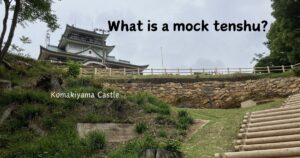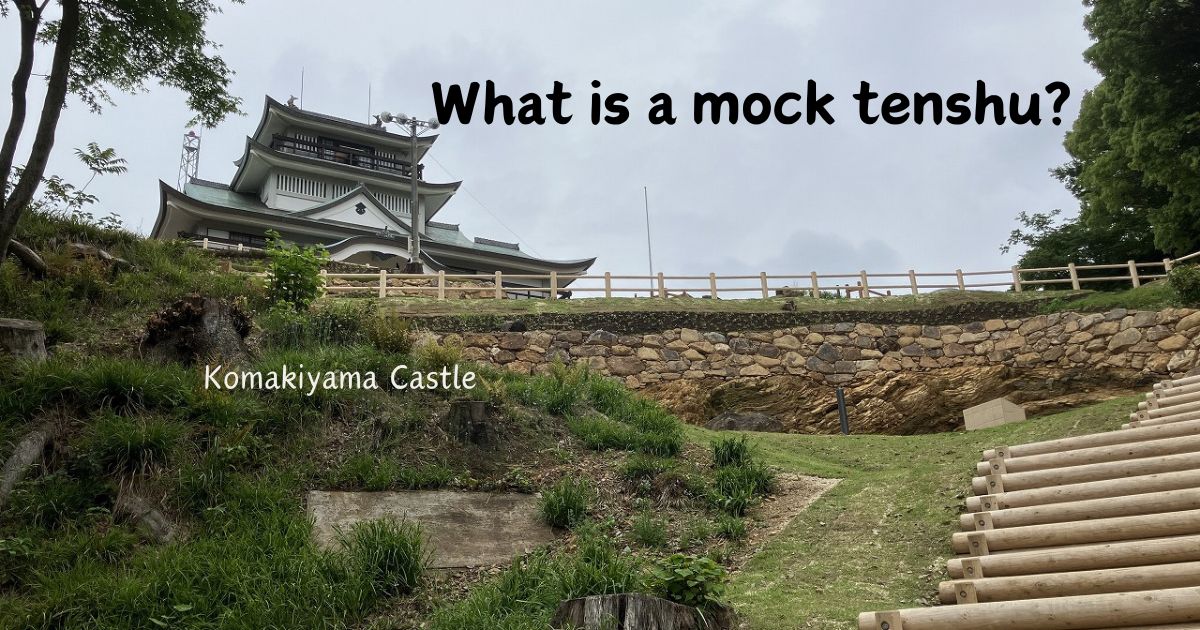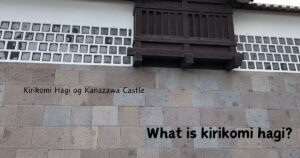A “reconstructed tenshu” or “mock tenshu” refers to a structure built to resemble a traditional Japanese castle keep, known as a tenshu, but constructed in more modern times rather than being an original historical building.
These structures are typically built for tourism, regional promotion, or educational purposes, mimicking the appearance of historical castles but often incorporating modern materials and facilities.
Reconstructed tenshu borrow the form of historical architectural elements while incorporating new technologies and materials, often serving educational purposes or promoting tourism. They stand as valuable sites where the past intersects with the present, allowing visitors to experience history in a tangible way.
Purposes of Reconstructed Tenshu
- Tourism Promotion: Reconstructed tenshu serve as attractions that enhance the appeal of a location, introducing visitors to the historical and cultural background of the area.
- Education: By housing exhibition spaces, they provide opportunities to learn about the local history and the history of castles.
- Regional Promotion: They act as symbols of the region, contributing to the revitalization of the local economy.
Differences Between Reconstructed Tenshu and Original Tenshu
- Construction Period: Original tenshu were mainly built during the Sengoku (Warring States) period to the Edo period, while reconstructed tenshu were constructed much later.
- Materials and Structure: While many original tenshu were made of wood, reconstructed tenshu often use modern construction materials like concrete.
- Purpose: Unlike original tenshu, which were used for military purposes, reconstructed tenshu are primarily used for tourism or as exhibition spaces.
Komakiyama Castle is a typical example of a mock castle tenshu.

moch tenshu of Komakiyama Castle



